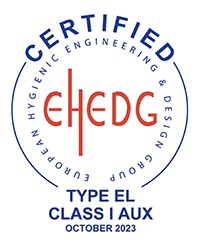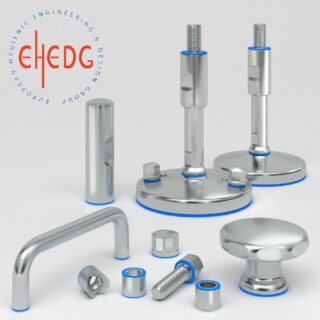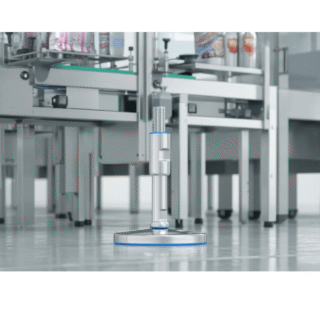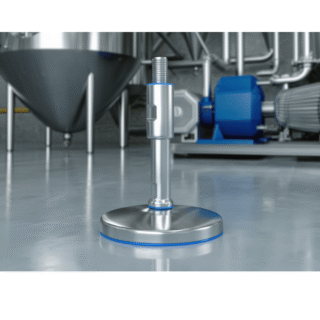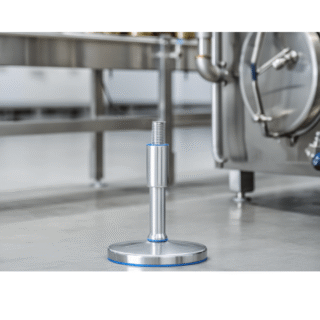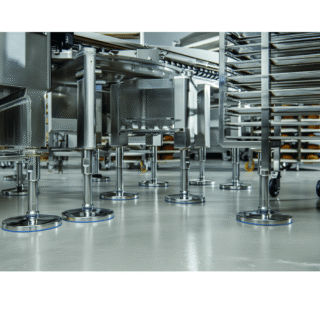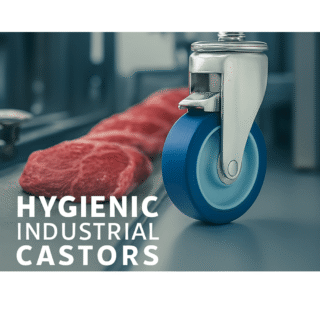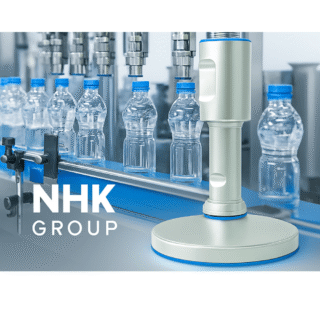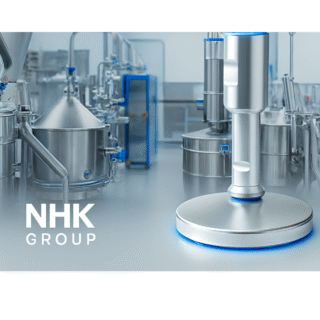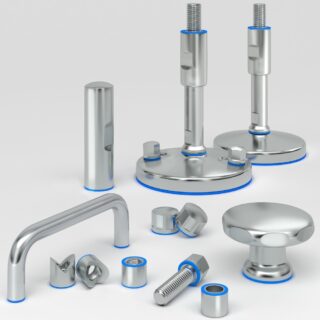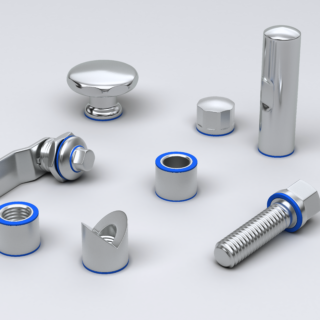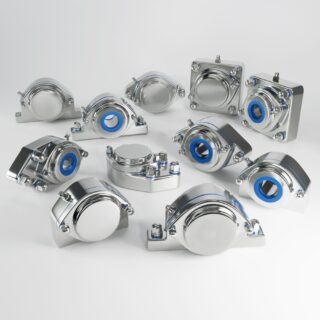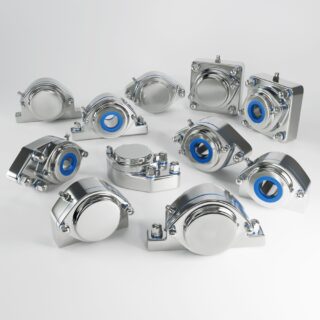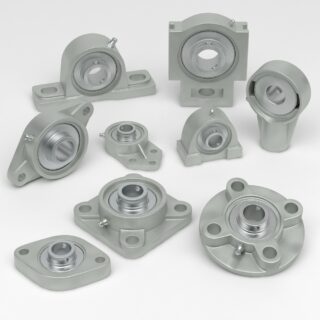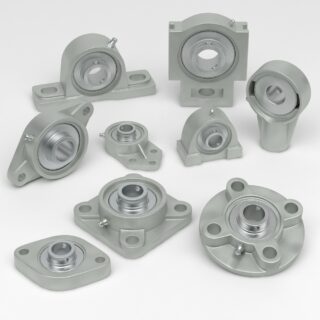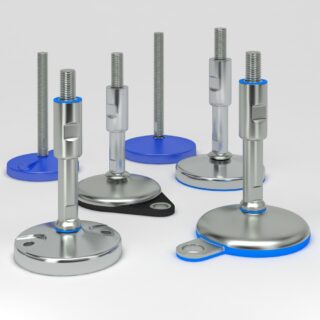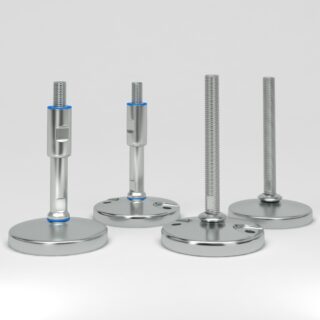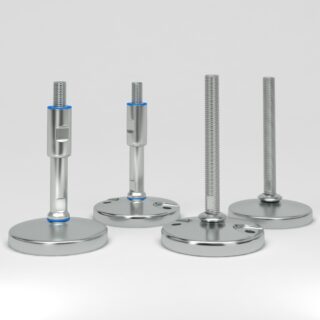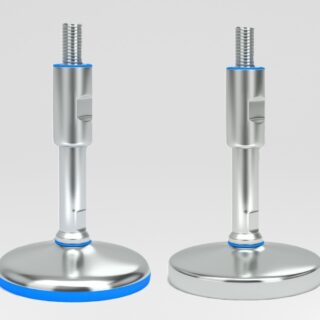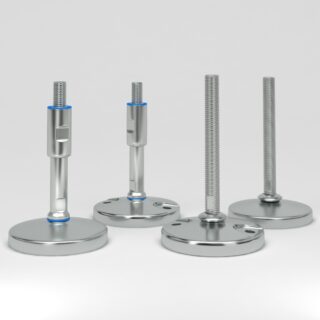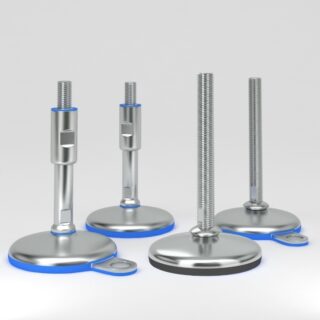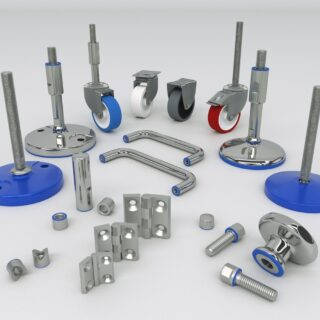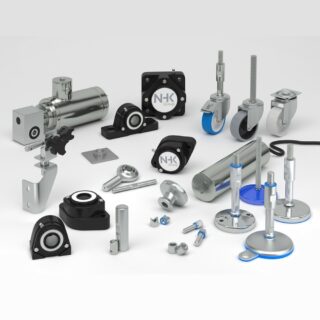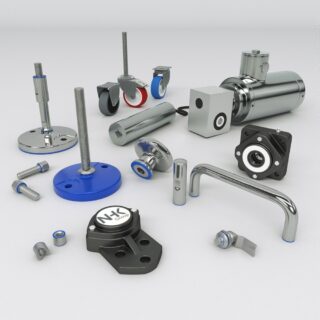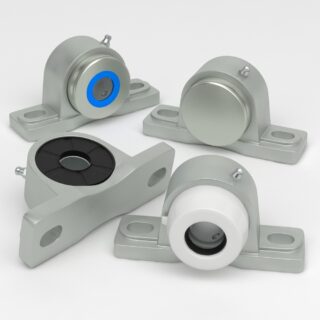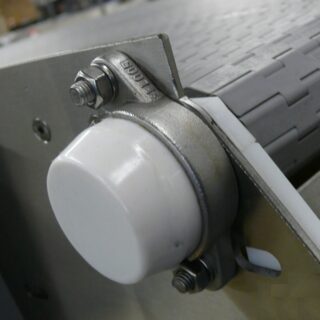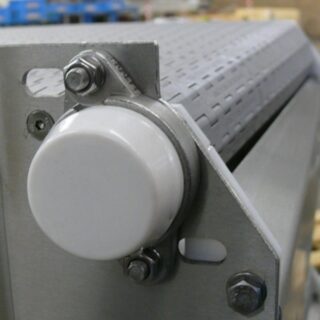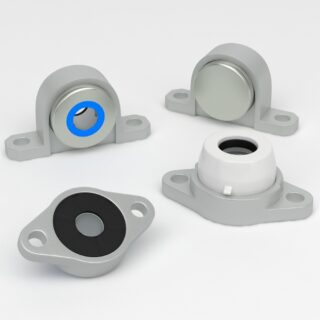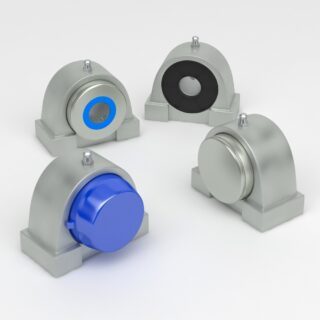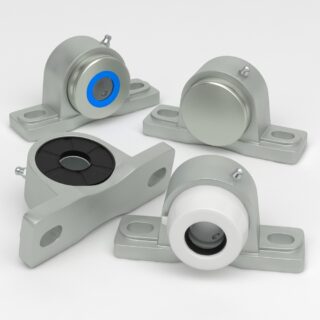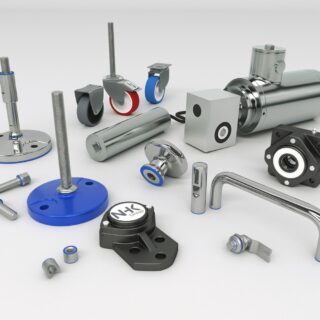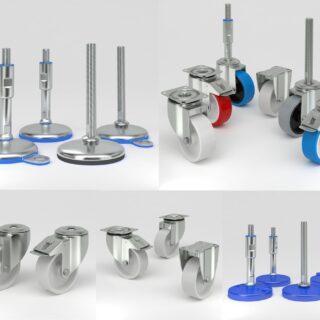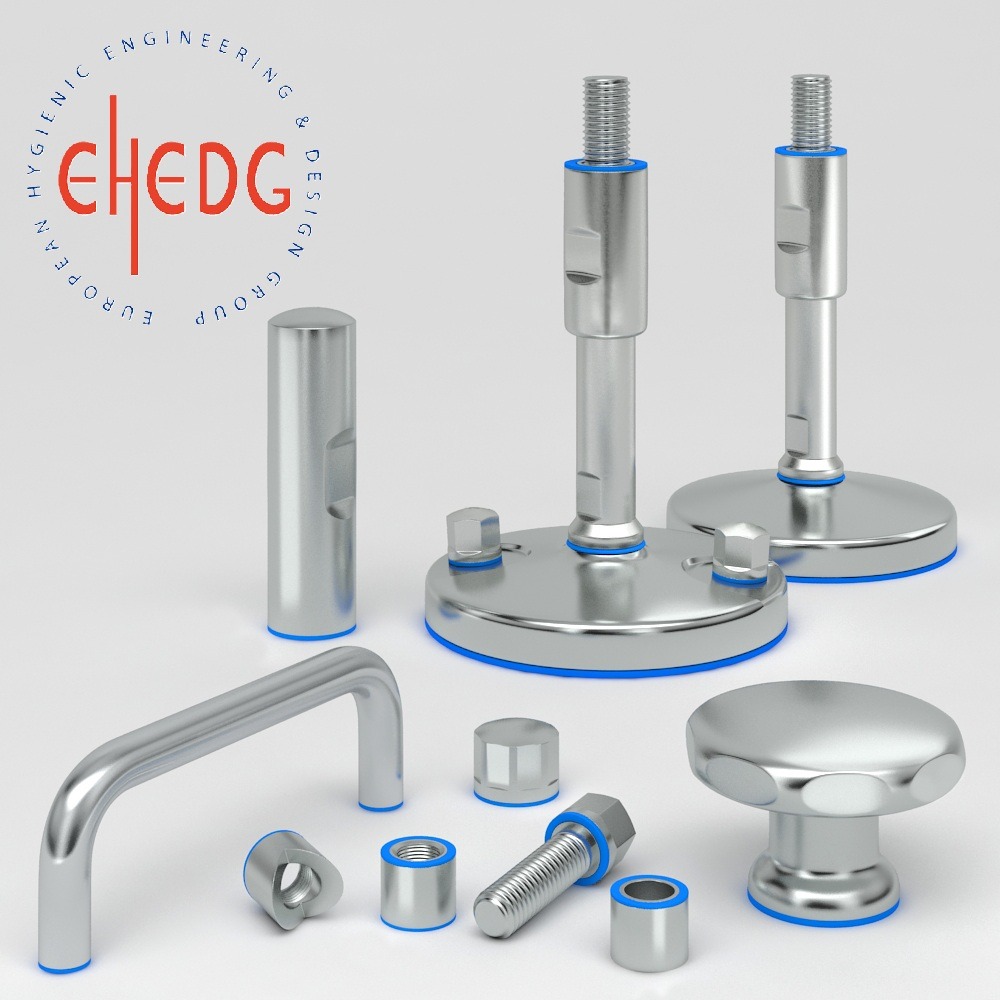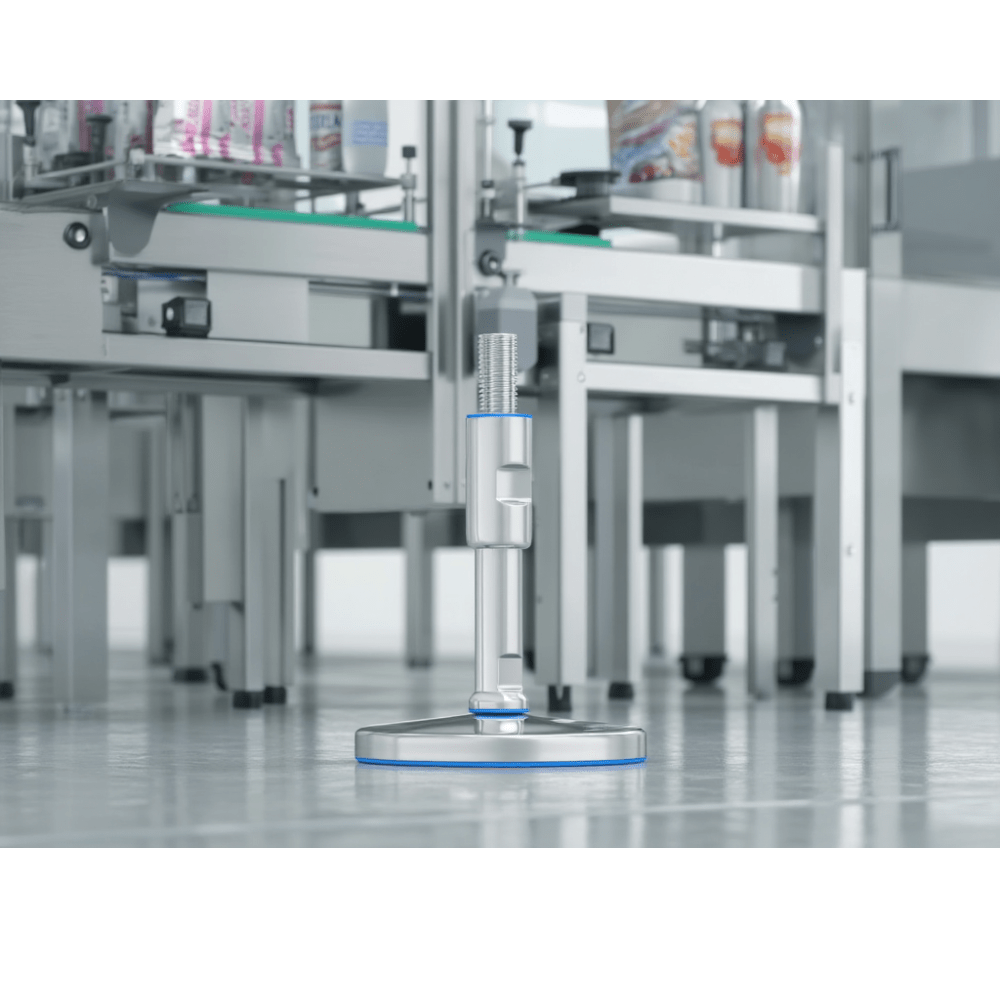EHEDG Certification:
EHEDG provides guidelines and standards for hygienic engineering and design in the food and pharmaceutical industries.
EHEDG-certified components are designed and manufactured to meet strict hygiene and safety standards. They are resistant to contamination and easy to clean, reducing the risk of product contamination.
By using EHEDG-certified components, you can ensure that your equipment and processes comply with the highest industry hygiene standards.
3A Certification:
3A Sanitary Standards, Inc. is an organization that develops and maintains sanitary standards for equipment and systems used in the dairy and food processing industries.
3A certified components are designed to meet specific sanitary and hygienic requirements, such as cleanability and corrosion resistance.
These components are commonly used in the dairy industry and can also be valuable in other hygienic processing applications.
To protect the hygienic processing industry from vulnerabilities using EHEDG and 3A certified components, consider the following steps:
Equipment Selection:
Choose equipment and components that are EHEDG and 3A certified when designing or upgrading your processing lines. This ensures that your equipment is designed with hygiene and safety in mind.
Regular Maintenance:
Implement a strict maintenance schedule to ensure that EHEDG and 3A certified components remain in optimal condition. Regular inspections and cleaning are essential to prevent vulnerabilities from emerging.
Training and Education:
Train your staff on the importance of proper hygiene and the use of certified components. Educate them on best practices for cleaning and maintaining equipment to reduce vulnerabilities.
Documentation and Traceability:
Maintain detailed records of component certifications, maintenance activities, and any issues that arise. This documentation can be crucial for identifying vulnerabilities and implementing corrective actions.
Supplier Selection:
Choose reputable suppliers and manufacturers who provide EHEDG and 3A certified components. Verify the authenticity of certifications and ensure that components are sourced from reliable sources.
Risk Assessment:
Conduct regular risk assessments to identify vulnerabilities in your processing lines. Address any weaknesses promptly to minimize the potential for contamination or safety breaches.
Compliance with Regulations:
Ensure that your operations comply with relevant food safety and pharmaceutical regulations, as well as industry standards. This includes monitoring changes in regulations and updating your processes accordingly.
EHEDG and 3A certified components
By incorporating EHEDG and 3A certified components into your hygienic processing industry practices and following best practices for maintenance and hygiene, you can help protect your operations from vulnerabilities and maintain the highest standards of safety and quality.

